Table of Contents
Overview
Deciding to improve or upgrade your ERP system is a massive business decision. An ERP switch impacts your financials, employees, and operations globally. So, what warrants an ERP replacement or upgrade? Here are the most common reasons why upgrading ERP is worthwhile and when to do it.
Definition
Enterprise resource planning (ERP) is a type of software program that organisations use to control or manage everyday business activities, including accounting, project management, procurement, risk management, compliance, and supply chain operations.
In other words, it is an application that automates business processes and gives insights and internal controls using a central database.
For example, ERP products like NetSuite, SYSPRO, and Epicor allow users to automate time-consuming everyday tasks. So, instead of wasting time every day to finish repetitive tasks or reviewing from more than one system, you may focus more of your time on your most pressing business needs.
There are three main types of ERP systems, which include cloud ERP, on-premise ERP, and hybrid ERP. Also, they function with different deployment model options.
Types
- Cloud ERP
Cloud ERP is a form of enterprise resource planning software program that runs on a provider’s cloud computing platform, rather than on-premises in an organisation’s own data centre.
ERP is a modular software system designed to combine an organisation’s enterprise processes, which include accounting, HR, stock control, and purchasing, into a unified system.
In the late 1990s, before the popularisation of modern cloud computing, ERP systems ran in the owner’s facility, or “on-premises.” The cloud ERP era commenced in 1998 with the debut of the primary ERP system to be introduced over the internet.
Some top cloud ERP software are TYASuite ERP Software, Scoro, Odoo, Sage Intacct, Syspro, Oracle ERP Cloud, SAP ERP, Epicor ERP, Brightpearl, FinancialForce ERP, and Microsoft Business Central.
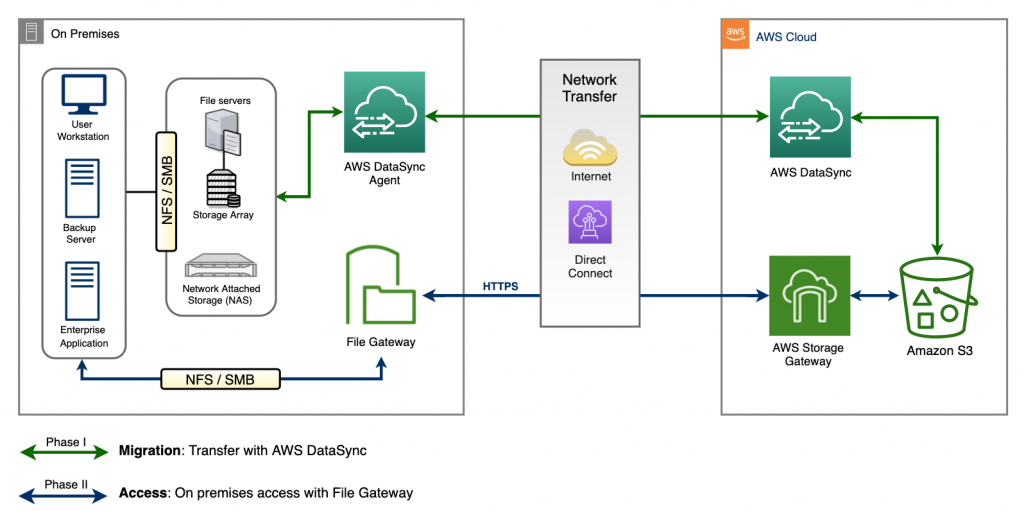
- On-premise ERP
An on-premise ERP is installed regionally, either on a business’s on-site servers or on third-party servers, which can be managed by the business.
Because the systems are housed on-site, considerable customizations may be undertaken to satisfy a business’s specific desires and processes.
The primary distinction between on-premise ERP and cloud ERP is clear: On-premise ERP solutions are installed regionally in your company’s hardware and servers, which are controlled by your IT team of workers while cloud ERP—also referred to as (SaaS) Software-as-a-Service—is provided as a service.
Advantages of an on-premise solution:-
- Your confidential data stays secure on-site.
- You retain complete control over data processes.
- Robust integration alternatives with different systems.
- Robust customization options
Some examples of on-premise ERP are Microsoft Dynamics GP On-Premise, Acumatica On-Premise, etc.
- Hybrid ERP
With hybrid ERP, you operate a mixture of on-premises and cloud solutions to satisfy the needs of your company. Also, some of the most common hybrid ERP preparations are:
Two-tier ERP
Your company keeps using the present on-premises ERP system for its functions (tier 1); however, it provides cloud ERP systems to help a few or all business units or regions (tier 2). Moreover, this two-tier ERP approach can lessen basic value and allow those groups to move more quickly to fulfil local needs.
Supporting Specific Business Functions
You may also find that cloud solution providers offer higher help for unique functions, inclusive of CRM or the ability to access ERP functions from telephones or different mobile devices while on the road (mobile ERP).
Advantages of hybrid ERP are:-
- Reduced cost
- Responsiveness to business needs
- Less complexity
Signs Which Tell You It Is Time To Upgrade Your ERP
- Your ERP has reached end-of-life (EOL)
- Your ERP does not support next-generation technology.
- Your ERP is not merged with other systems.
- You aren’t in the cloud.
- Your team is suffering from low productivity.

Need
In order to gain the benefits mentioned below, there is an urgent need to upgrade your ERP system, like The Brisk company. Therefore, you can now decide whether to upgrade your ERP system or not.
- Profitability
The only thing that leads to cost savings and higher profits is optimising your business from your integrating company to automating operations. Fortunately, this will result in increased productivity and efficiency.
- Business Insight
A quality ERP system provides accurate and real-time data. However, steering your business requires a sound strategy, which requires visibility. So, to go in the right direction, your financials, operations, processes, workforce, vendors, customers, etc., should be visible.
- Compliance
Manufacturing organisations require strict compliance with diverse enterprise and international exchange regulations. Upgrading to a devoted ERP for production businesses can assist in streamlining the compliance process.
- Communication
Silos can turn out to be a difficulty in businesses of any size, and while this happens, an error occurs. Due to this, smart ideas are not able to see the light of day. The proper ERP gadget connects each component of your commercial enterprise, improving communication and collaboration for progressed efficiency.
- Supply Chain & Distribution Network Reliability
For smoother operations, the use of demand-driven MRP forecasting to supply and demand prepares you for fluctuations in orders and the supply chain. Many ERPs assist a linked delivery chain and tighter integration with providers so that you can work proactively to mitigate problems and decrease surprises.
- Scalability
A pleasant ERP can be capable of developing you and developing with you. As your organisation provides requirements, an ERP can be capable of accommodating and preventing lapses in operations, and at the same time enhancing the consumer experience.
- Customer & Supplier Management
Customer and provider control is crucial to a commercial enterprise’s success. An ERP lets you shop and screen customers, partners, and providers to control facts.
- Cloud Migration
A cloud ERP gadget comes with numerous benefits. You can also say it is Software as a Service (SaaS). Here, cloud-based solutions allow information to be saved and accessed on any device with a web connection. Moreover, it improves implementation, integration, storage, updating, and security.
The Bottom Line
If you’re not sure where to start with your ERP upgrade, well, you can definitely learn something from this article.
From helping agencies with streamlining business methods to moving to the cloud, our services teams are skilled at guiding corporations through the process.
Our ERP implementation varies in scope. However, it is a scalable system that offers idea management and collaboration and adheres to manufacturing best practices. We provide global support, sources, and in-depth training.
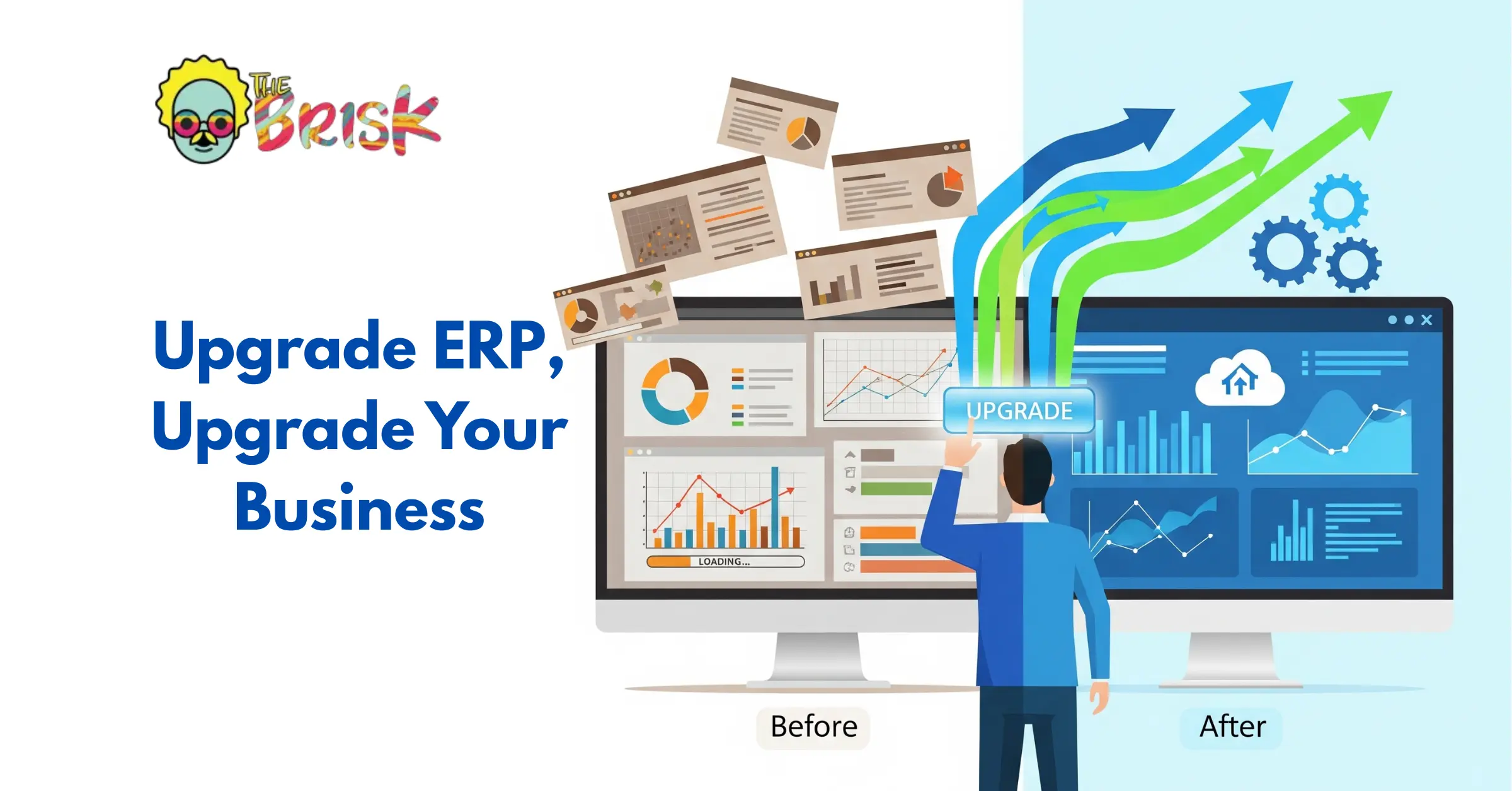
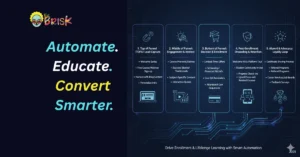
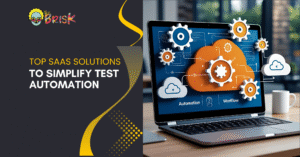
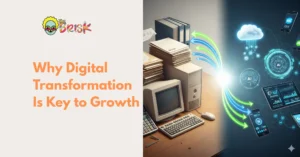
No Comments